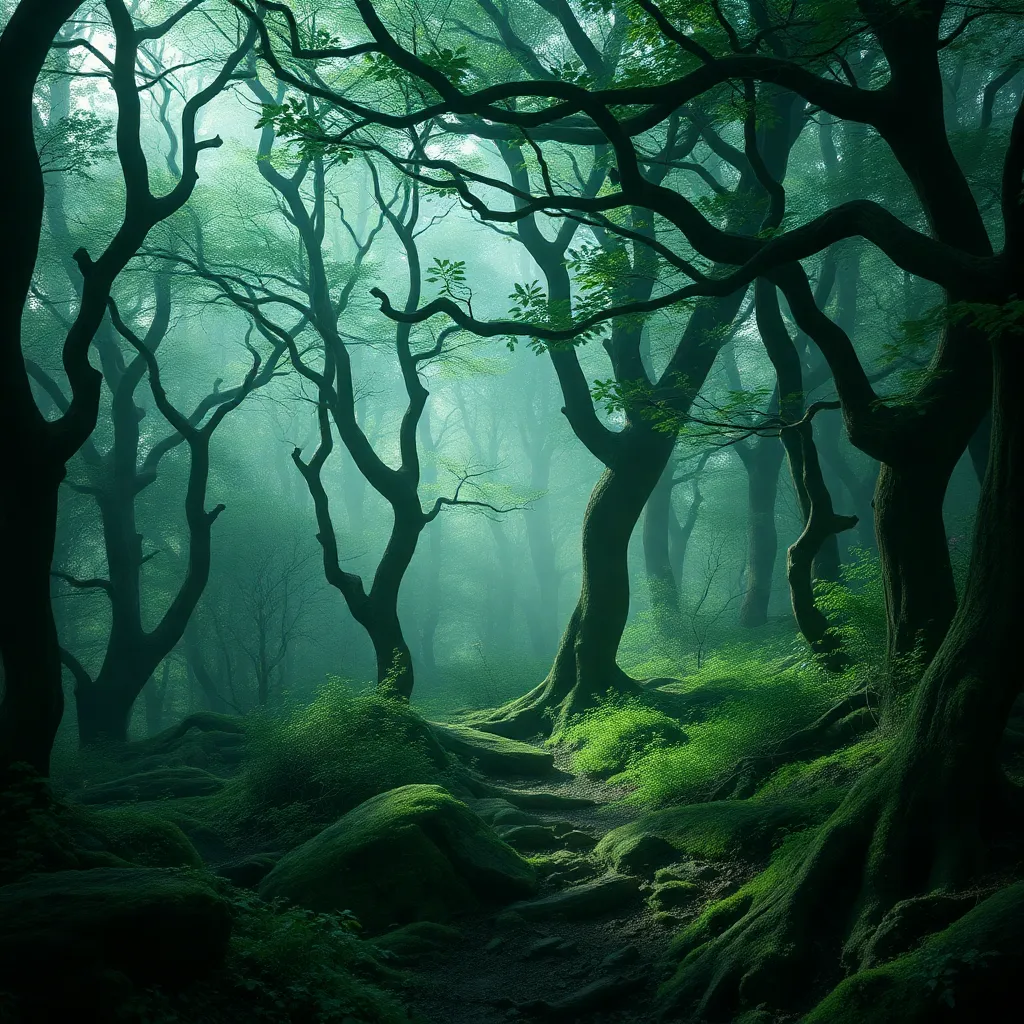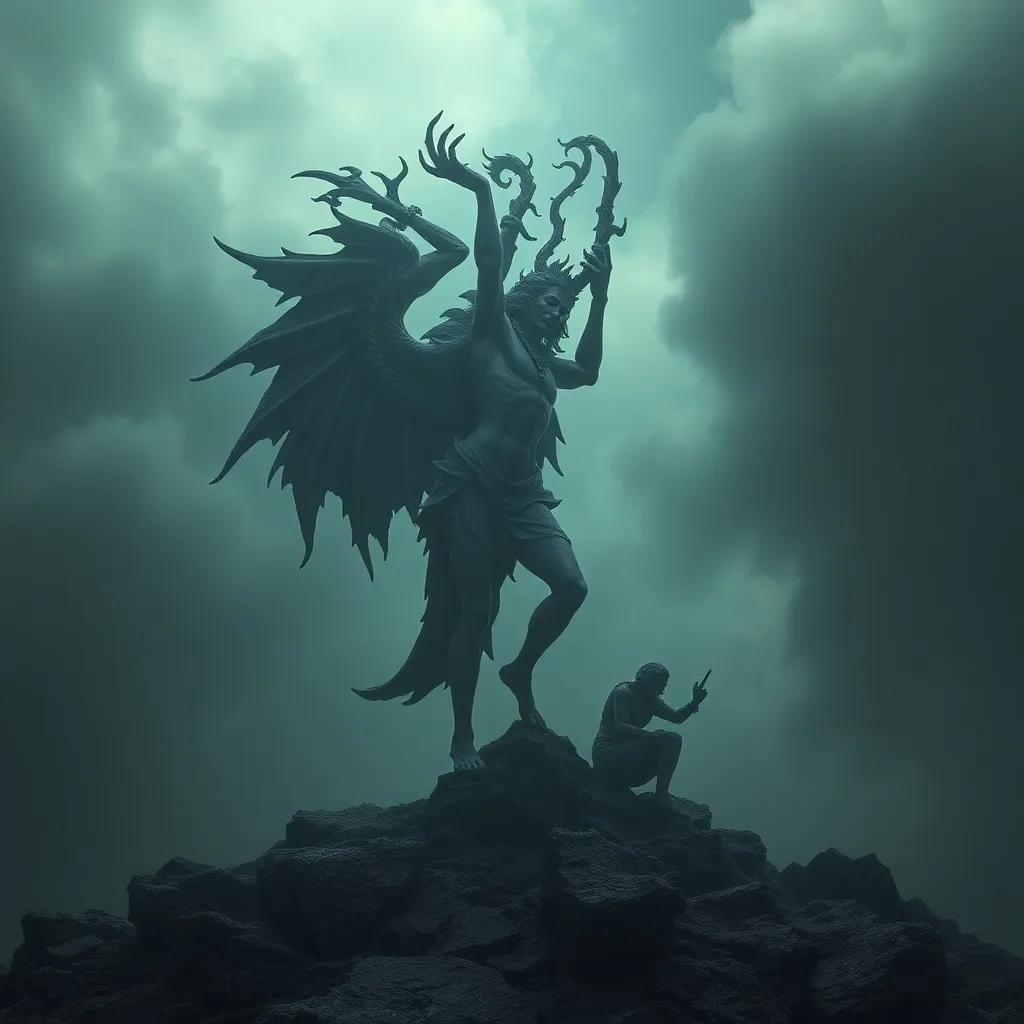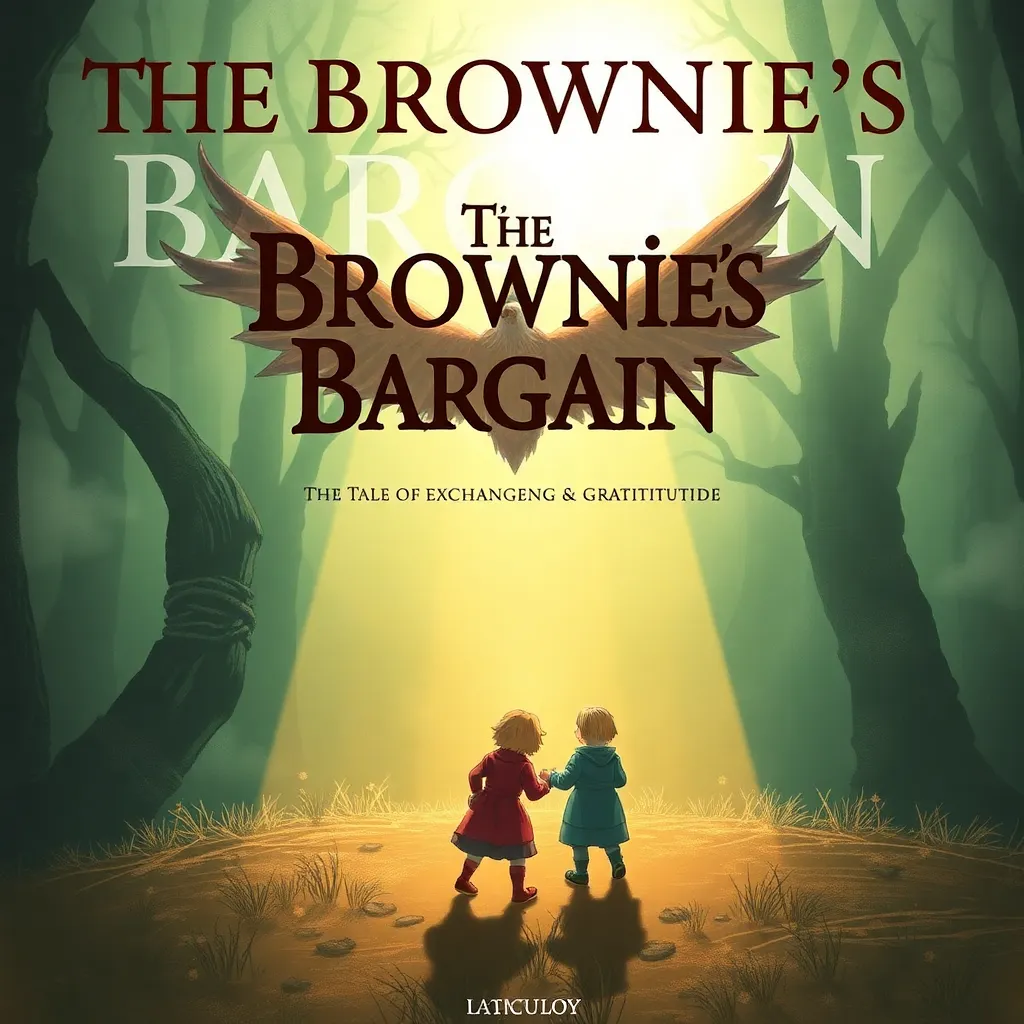The Whispering Woods: Unveiling the Secrets of Dryad Legends
I. Introduction to the Whispering Woods
The Whispering Woods is a mythical location that has captivated imaginations across generations. Nestled deep within the heart of ancient forests, these woods are said to hold the secrets of nature and the whispers of magical beings. Among these beings, dryads stand out as enchanting figures in folklore, often depicted as the spirits of trees.
Dryads have a rich history in mythology, serving as guardians of the forests and symbols of nature’s resilience. Their legends offer profound insights into humanity’s relationship with the environment. This article aims to explore the fascinating world of dryad legends, their origins, characteristics, and the cultural significance they hold today.
II. The Origin of Dryads in Ancient Mythology
The roots of dryad legends can be traced back to ancient Greek mythology. Here, dryads were closely associated with oak trees, known as oaks of the dryads. Greek playwrights and poets often depicted these tree nymphs as beautiful maidens who embodied the spirit of the forest.
Over time, the stories of dryads evolved and spread across various cultures. In Roman mythology, for instance, the concept of tree spirits continued, although they were referred to as “nixies” or “hamadryads.” In Celtic folklore, similar beings known as “faeries” were believed to be protectors of nature, often inhabiting trees and groves.
Symbolically, dryads represent the harmony between humanity and nature. They embody the idea that every tree has a spirit and that these spirits are essential for the balance of the ecosystem.
III. Characteristics and Traits of Dryads
Dryads are often characterized by their ethereal beauty and unique connection to the natural world. They are usually depicted as slender, graceful beings with features reminiscent of the trees they inhabit.
- Physical Appearance: Dryads may have bark-like skin, hair that resembles leaves, and eyes that reflect the colors of the forest.
- Connection to Trees: Each dryad is believed to be tied to a specific tree, and their life force is linked to the health of their tree. If the tree dies, the dryad perishes as well.
- Behavioral Traits: Dryads are often portrayed as shy and elusive, preferring to remain hidden from humans. However, they can be playful and mischievous, sometimes luring travelers into the woods.
IV. The Whispering Woods: A Setting for Dryad Legends
The Whispering Woods is characterized by its dense foliage, towering trees, and a serene ambiance that seems to hum with life. Sunlight filters through the leaves, creating a dappled effect on the forest floor, while the gentle rustling of branches adds to the mystique.
This enchanting setting enhances the allure of dryad stories, as it creates an atmosphere where magic feels tangible. Many legends recount encounters between humans and dryads in these woods, often highlighting themes of respect for nature and the consequences of greed.
Notable events linked to the Whispering Woods include tales of lost travelers who stumbled upon dryads and were either blessed or cursed based on their actions. These narratives serve as cautionary tales, reminding listeners of the importance of treating nature with reverence.
V. Tales of the Whispering Woods: Famous Dryad Legends
Throughout history, various cultures have shared captivating dryad legends that echo the themes of love, loss, and the bond between humans and nature.
- The Tale of the Oak Maiden: A story from Greek mythology where a young man falls in love with a dryad who can only appear under the light of the full moon.
- The Forest Guardian: A Celtic legend about a dryad who protects her grove from intruders, teaching them the value of nature through trials.
- The Whispering Oak: A Native American story where a dryad helps a lost child find their way home, emphasizing the importance of listening to nature.
These stories often carry moral lessons, such as the need to respect nature and the consequences of exploitation. They have significantly influenced local folklore and community beliefs, emphasizing the interconnectedness of life.
VI. The Role of Dryads in Environmental Conservation
In modern interpretations, dryads symbolize the urgent need for environmental protection. Their legends have inspired numerous conservation efforts, highlighting the importance of preserving natural habitats.
Many ecological movements draw upon dryadic imagery to raise awareness about deforestation, climate change, and biodiversity loss. Communities often use dryad symbolism to engage younger generations in activism.
Case studies include:
- Tree Planting Initiatives: Groups organize events where participants plant trees, often associating each tree with a dryad to reinforce the connection between nature and mythology.
- Education Programs: Schools incorporate dryad legends into environmental education, teaching students about the importance of trees and ecosystems.
VII. The Cultural Legacy of Dryads in Art and Literature
Dryads have been a source of inspiration for countless artists, authors, and filmmakers throughout history. Their enchanting nature and connection to the environment make them ideal subjects for creative expression.
In literature, dryads appear in works ranging from ancient epic poems to contemporary fantasy novels. Their depiction varies, but the core elements of beauty, mystery, and a close bond with nature remain constant.
Moreover, in visual arts, dryads are often portrayed in ethereal landscapes, symbolizing the beauty and fragility of nature. Popular media, including films and video games, continue to draw on dryadic themes, reinforcing their relevance in modern storytelling.
VIII. Conclusion: The Enduring Allure of Dryad Legends
In conclusion, the legends of dryads and the Whispering Woods reveal deep insights into humanity’s relationship with nature. From their ancient origins to their modern interpretations, dryads embody the spirit of the forest and the importance of protecting our environment.
Preserving these myths not only honors our cultural heritage but also reminds us of the fragility of our ecosystems. As we navigate contemporary challenges, the intersection of legend, nature, and human experience continues to offer wisdom and inspiration.



